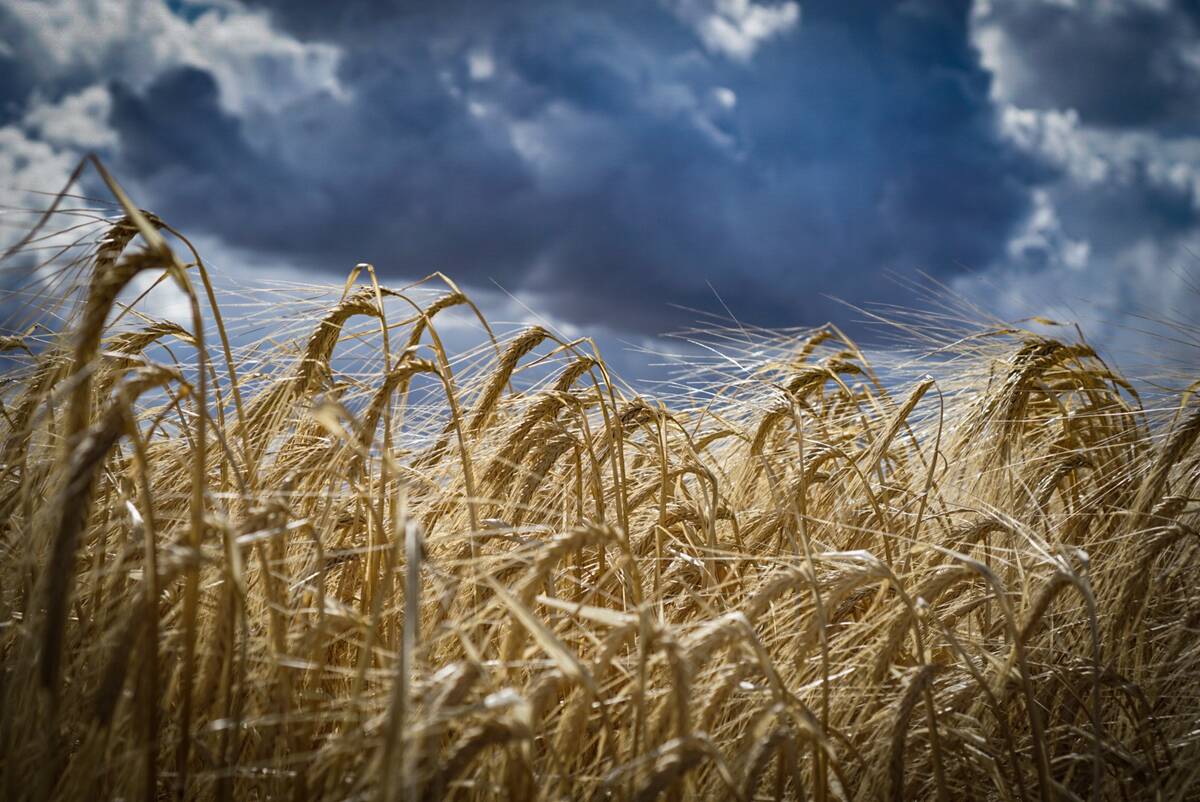Warm weather has done little to dry down unseeded fields significantly in east-central Saskatchewan, where weeds are becoming a problem.
Markus Breitkreuz, an agronomist with TerraSato Agronomy at Springside, Sask., reported weeds in higher numbers than normally seen in early July.
A wet fall and spring prevented about 10 percent of fields in his area from getting planted.
“In those acres, the weeds are quite prolific and quite advanced,” he said.
Breitkreuz cited weedy fields around the wet areas near Sheho, Insinger and Highway 5.
Read Also

Malting barley exporters target Mexican market
Canada’s barley sector is setting its sights on the Mexican market to help mop up some of the lost demand from China
The land is still too wet for most farm sprayers, with high clearance sprayers also getting stuck.
“Most fields weren’t seeded because it was wet and moisture conditions haven’t changed too much, so it’s tough to get in there,” he said.
Chemicals like glyphosate are also not registered for use at this time of year or for aerial application.
Breitkreuz noted only the top 2.5 centimetres of soil have dried.
“It takes a fairly intensive period of time to draw the moisture out,” he said. “Some of the fields are so wet it’s not going to change anytime too soon.”
Typically any growing crop will draw down the moisture, even weeds, he said.
“That’s not really a good way to dry down fields because you don’t want those weed seeds,” Breitkreuz said.
Across the border in western Manitoba where conditions are drier, producers are looking for rain.
Allan Mitchell of Sow-Sure Strategies at Roblin is optimistic about a big crop if rain comes this week.
“Three weeks to a month ago, it was a whole different ball game,” he said of the previously wet area.
Most of the in-crop spraying here, like most areas across the Prairies, has been completed. Spraying delays were reported in late June in Alberta’s Peace region, where weed pressure was heavy.
Mitchell said insecticide spraying might be needed in the coming months for a growing problem around Roblin, Benito, Durban, Makaroff and the Swan River Valley.
As many as 500 bertha armyworm moths are showing up in his traps each week.
“That means there’s going to be trouble,” he said of the moths, which lay larvae that eat canola plants.
He advised farmers to scout their fields. The bugs are green with two distinct yellow stripes on each side when young. They turn to darker shades with age.
Insecticides are generally recommended when 20 to 30 larvae are detected per sq. metre, Mitchell said.














